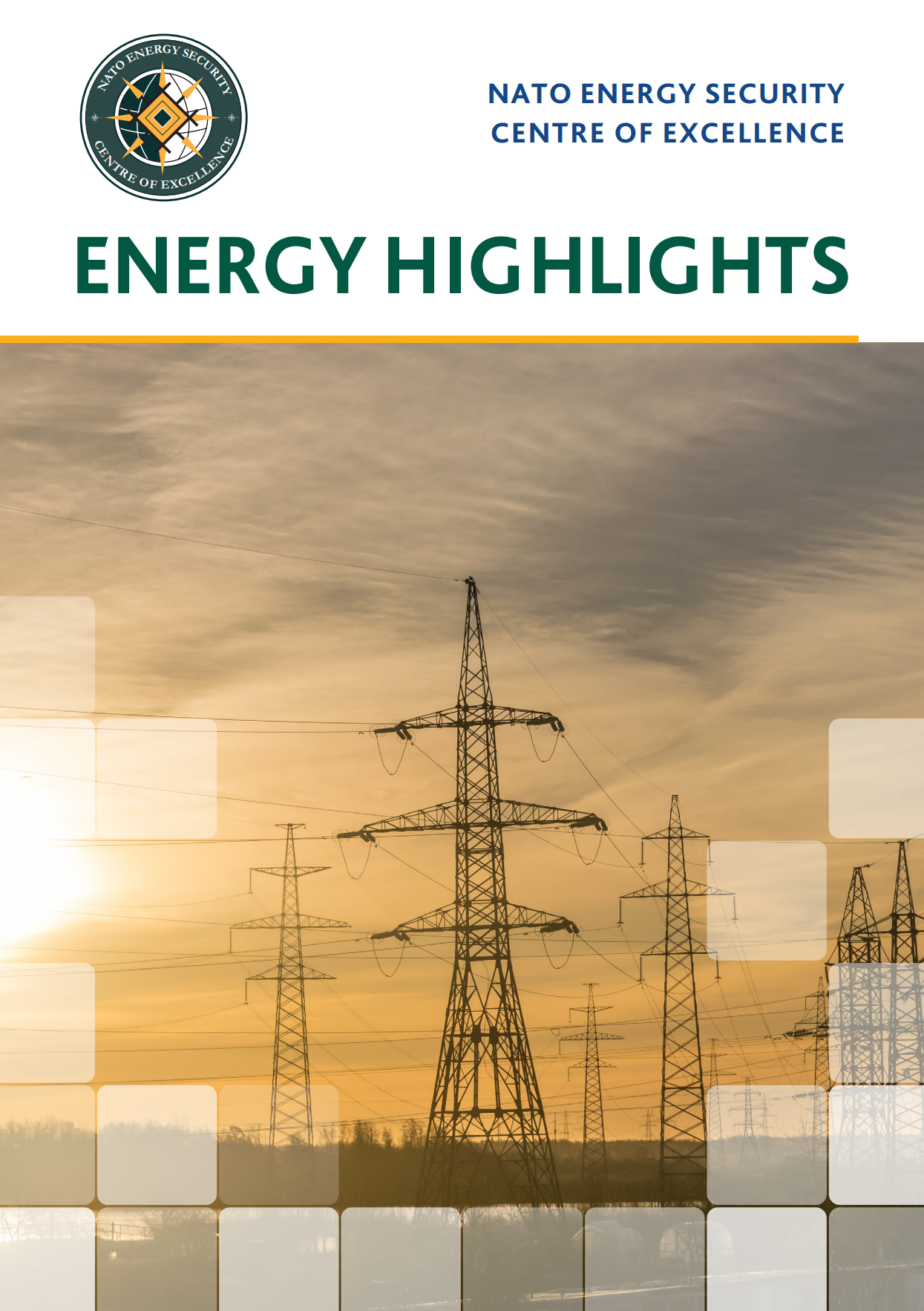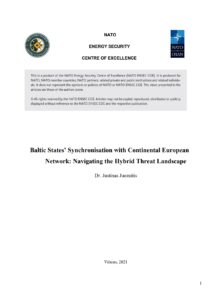
The paper shows that the Baltic States are consistently getting closer to achieving a historic feat – synchronizing their power systems with the Continental European Network. What not so long ago seemed as a distant political ambition now resemble a coherent energy project. With the European Union and Poland supporting the Baltic plug to the European energy system, the
project continues to gain momentum.
Russian and Belarus, however, will continue to put pressure on the Baltic States to keep the electricity trade open. In advancing such an interest, Russia will combine diplomatic means with misinformation and threats, while Belarus will argue that importing electricity from Ostrovets NPP is beneficial for the Baltic States.
The Baltic States, however, are capable of responding to the threats posed by Belarus and Russia if it proceeds in four steps. First, the Baltic States need to boost emergency preparedness that mitigates Russian capabilities to desynchronize them prematurely. Second, the Baltic governments should consider further decreasing trading capacity on the Latvian – Russian border as this would make Belarusian electricity smuggling much harder and provide a transition period to full decoupling in 2025. Third, to introduce the long-debated electricity infrastructure tax to make the competition between the Baltic and Russian power generation fairer. Finally, the Baltic States should not neglect public communication and explain the particularities of the synchronization to their citizens.

